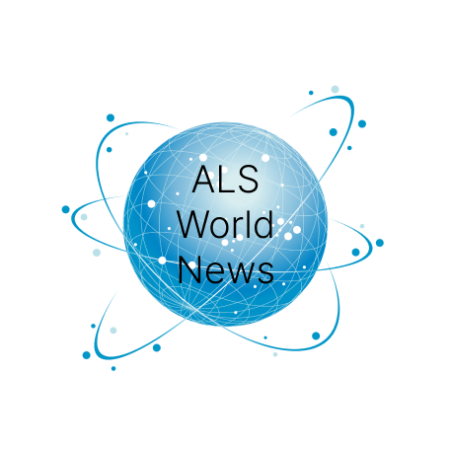As you probably know, ALS disease affects both the lower motor neurons in the brainstem and spinal cord and the upper motor neurons from the motor cortex of the cerebrum. Therefore, without treatment of both lower and upper motor neurons, the disease cannot be effectively treated. However, delivering therapeutics to the upper motor neurons remains a major challenge.
This is because the brain is perfectly surrounded by a protective barrier called the blood-brain barrier: bbb. While bbb protects the brain from viruses, bacteria, and parasites in the bloodstream, it also has the inconvenience of preventing therapeutic drugs to reaching targeted areas of the brain affected by ALS.
The “invasive method” of delivering drugs directly to the brain involves craniotomy, or drilling a hole in the skull to allow direct contact with the brain, but craniotomy is not feasible for frequent dosing.
As a solution, the University of Toronto, Canada, and its affiliate Sunnybrook Institute have announced a bold method of using MR-guided focused ultrasound (MR-g FUS for short) to temporarily puncture the BBB and deliver therapeutic agents. Because the holes are opened with ultrasound sound, this is a non-invasive approach that does not use a scalpel. Safety experiments on humans were successfully conducted for the first time in the world in 2019, thanks to the brave decision and great contribution of four volunteer patients. Since then, the research has been steadily progressing, and this summer, ALS Associations both in USA and Canada has provided a research grant to the Focused Ultrasound Foundation and is preparing to launch a major human trial in partnership using funds from both associations. The news is that preparations are underway to launch the trial soon.
It is hoped that this trial will further establish the safety of opening the motor cortex barrier in the cerebrum of ALS patients, and may also lead to the discovery of brain substances that may serve as biomarkers. When opening the blood-brain barrier, some important key liquid substance may flow out of the brain and enter the bloodstream. If so, that substance could be used as a highly-requested biomarker for diagnosis. And that may lead to a more accurate ALS diagnosis. At the same time, it could also enable the delivery of therapeutic drugs to the brain, which is the primary goal of the BBB opening. It is hoped that focused ultrasound therapy will enable ALS patients to be treated more effectively, slow the progression of their disease significantly, and reverse it.
https://sunnybrook.ca/content/?page=focused-ultrasound-treatment-research
Reported by Nobuko Schlough @P-als on Oct 21, 2024






